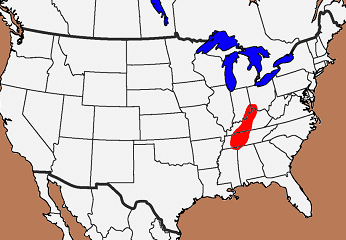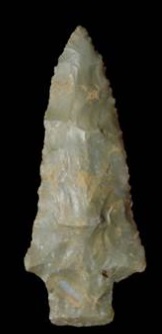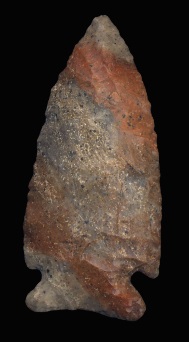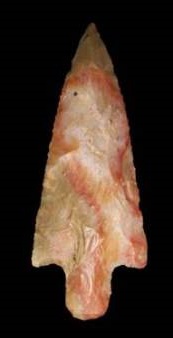

Brassfield Chert is associated with the Brassfield Formation of the Cataract Group with primary sources in the Tennessee River Valley. Primary outcroppings are in western Tennessee in Adams, Wayne, Perry, and Decatur counties. Minor outcroppings extend into Kentucky and into Ohio and Indiana. Found in Adams, Clark, Clinton, Green, Highland, Miami, Montgomery, and Preble counties Ohio.






